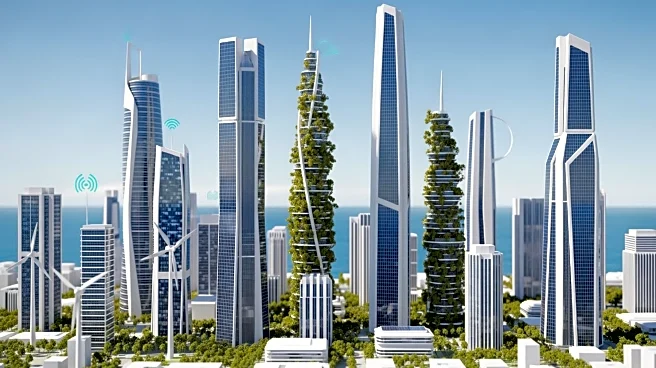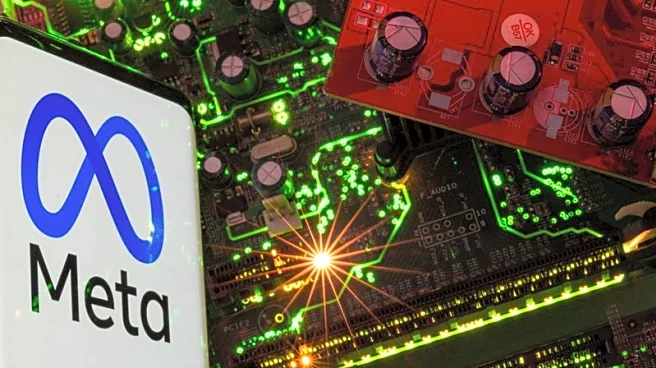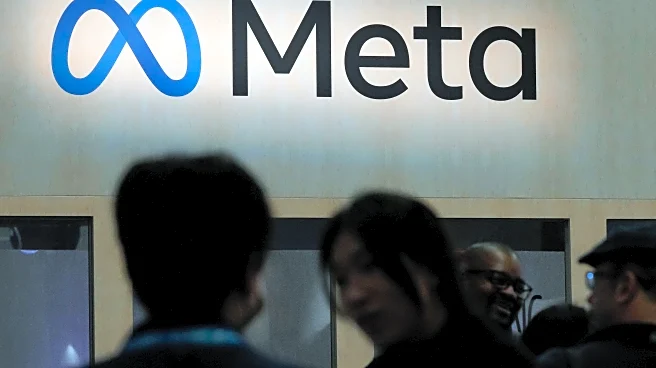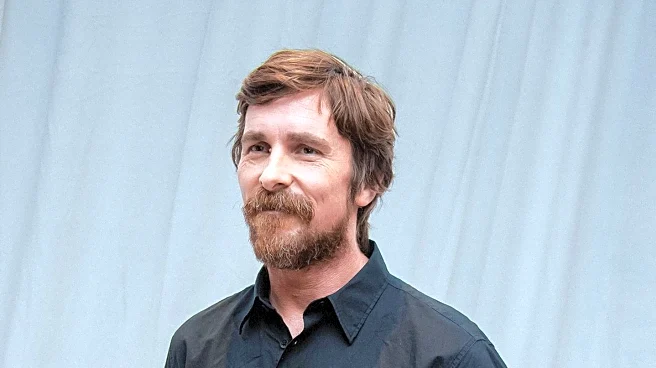What's Happening?
Meta CEO Mark Zuckerberg is developing a 'City of the Future' on the island of Kauai, Hawaii, with an investment exceeding $270 million. The project, known as Koolau Ranch, includes a vast complex featuring
mansions, treehouses, and a secret underground bunker designed to withstand disasters. The construction is enveloped in strict confidentiality agreements, raising questions about the trend of tech billionaires seeking apocalyptic refuges. The property spans over 2,300 acres and includes wellness centers, gyms, swimming pools, and a set of treehouses connected by rope bridges. The most notable feature is a 5,000 square foot underground bunker with military-grade specifications, designed to operate indefinitely without relying on public utilities.
Why It's Important?
This development highlights the growing trend among tech billionaires to invest in private, self-sufficient refuges, reflecting an 'exit mentality' from societal norms. The project underscores concerns about wealth disparity and the ability of the ultra-rich to prepare for global crises in ways inaccessible to the general public. It also raises ethical questions about land acquisition practices, as Zuckerberg faced criticism for attempting to extinguish property rights of native Hawaiian families. The secrecy surrounding the project, enforced through non-disclosure agreements, impacts the local community, causing disturbances and sparking debates about neocolonialism.
What's Next?
The completion of Koolau Ranch will likely continue to stir local and global discussions about the implications of such private developments. The project may influence other tech leaders to pursue similar ventures, potentially leading to increased scrutiny on land use and community impact. As the complex becomes operational, it may serve as a model for future self-sufficient living spaces, prompting debates on sustainability and ethical land use.
Beyond the Headlines
The construction of Koolau Ranch reflects broader societal shifts towards self-sufficiency and preparedness for potential global disruptions. It raises cultural and ethical questions about the responsibilities of tech leaders in addressing societal challenges versus retreating into private sanctuaries. The project may also influence future architectural and environmental designs, emphasizing resilience and independence from public infrastructure.













